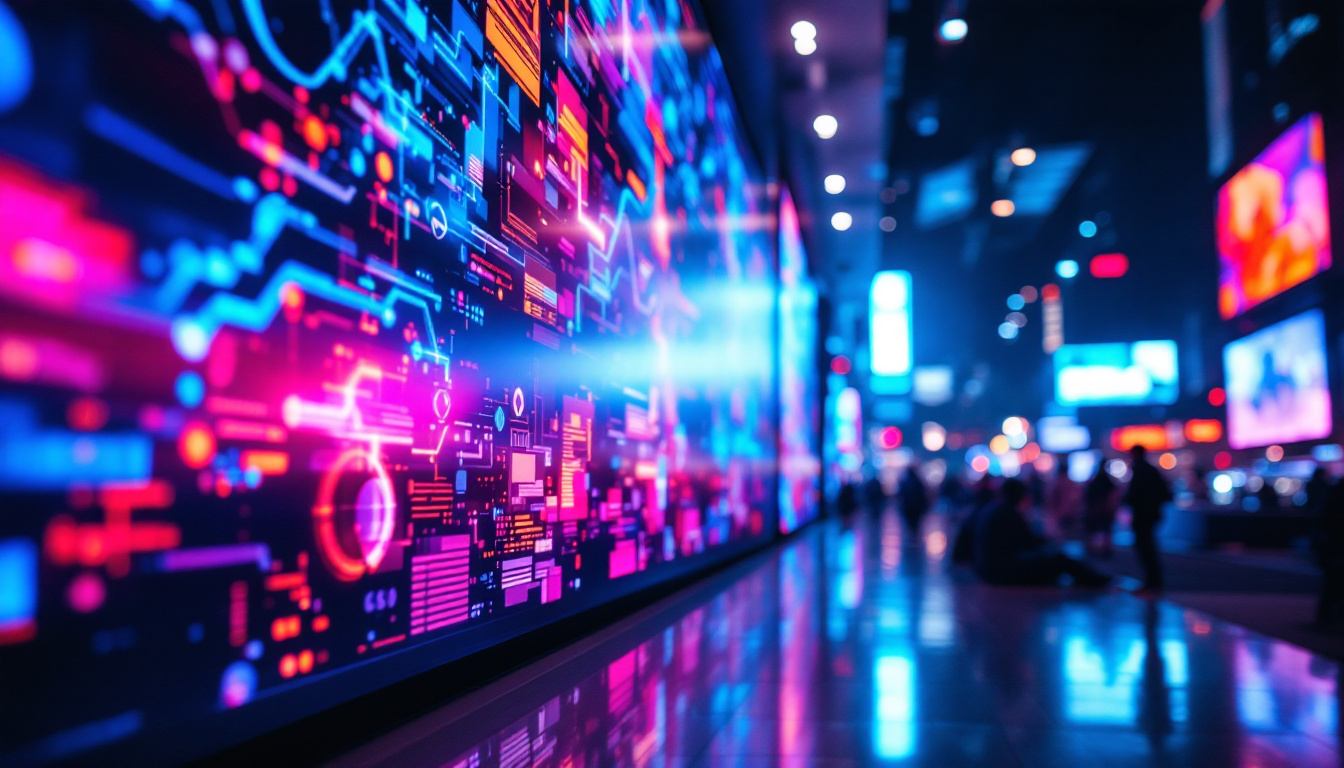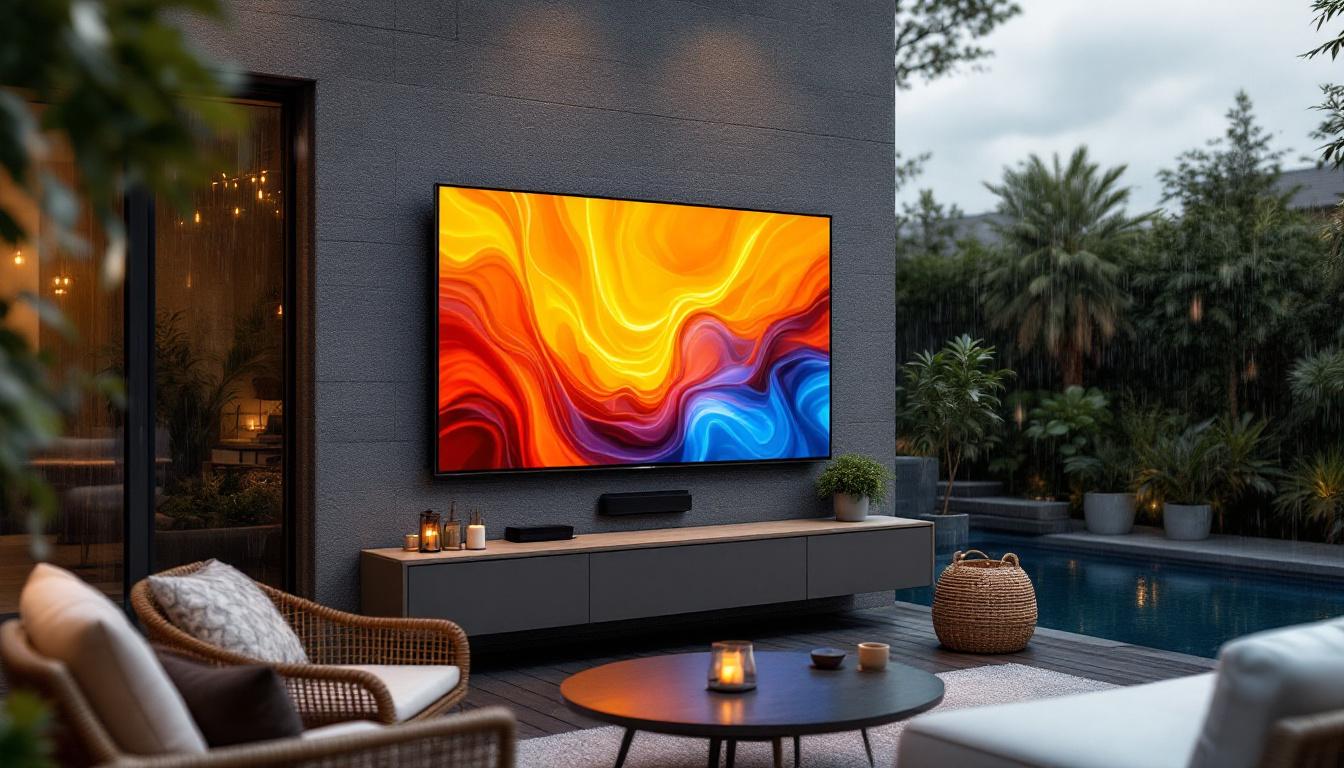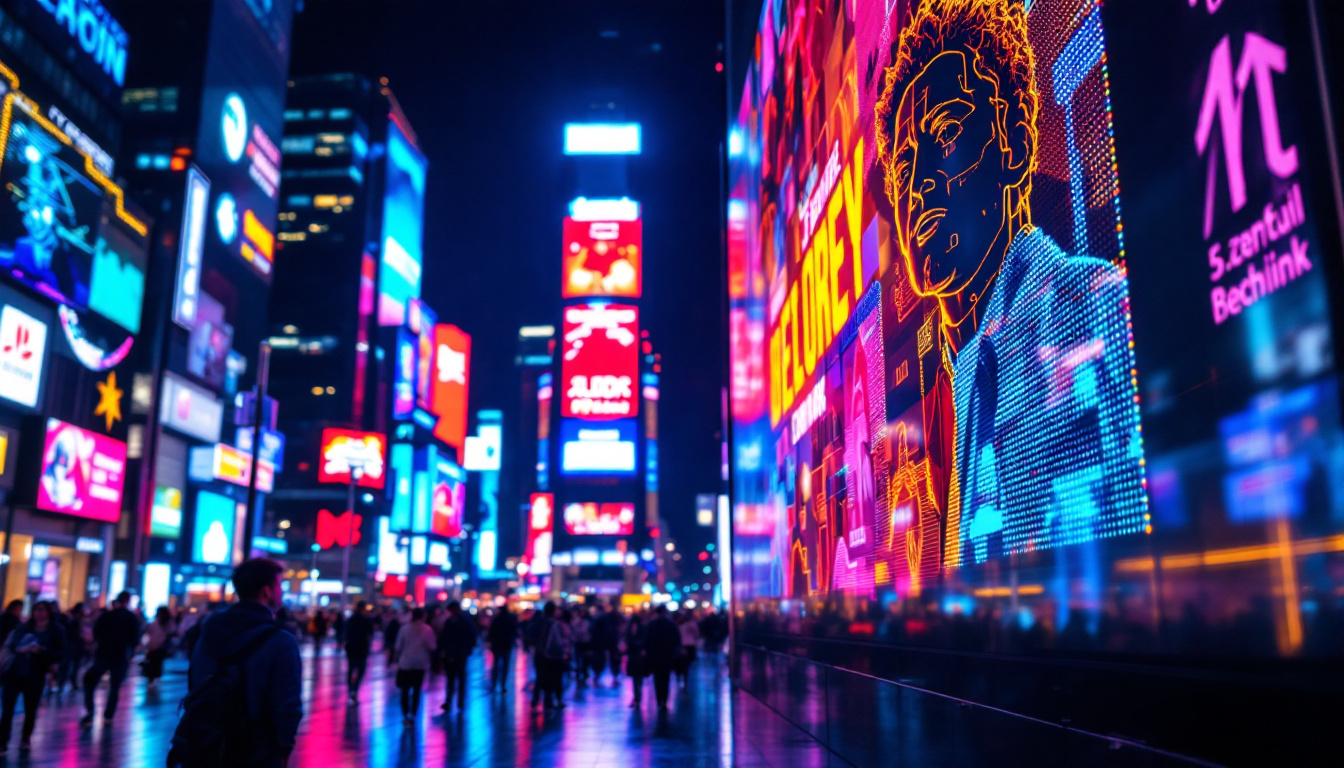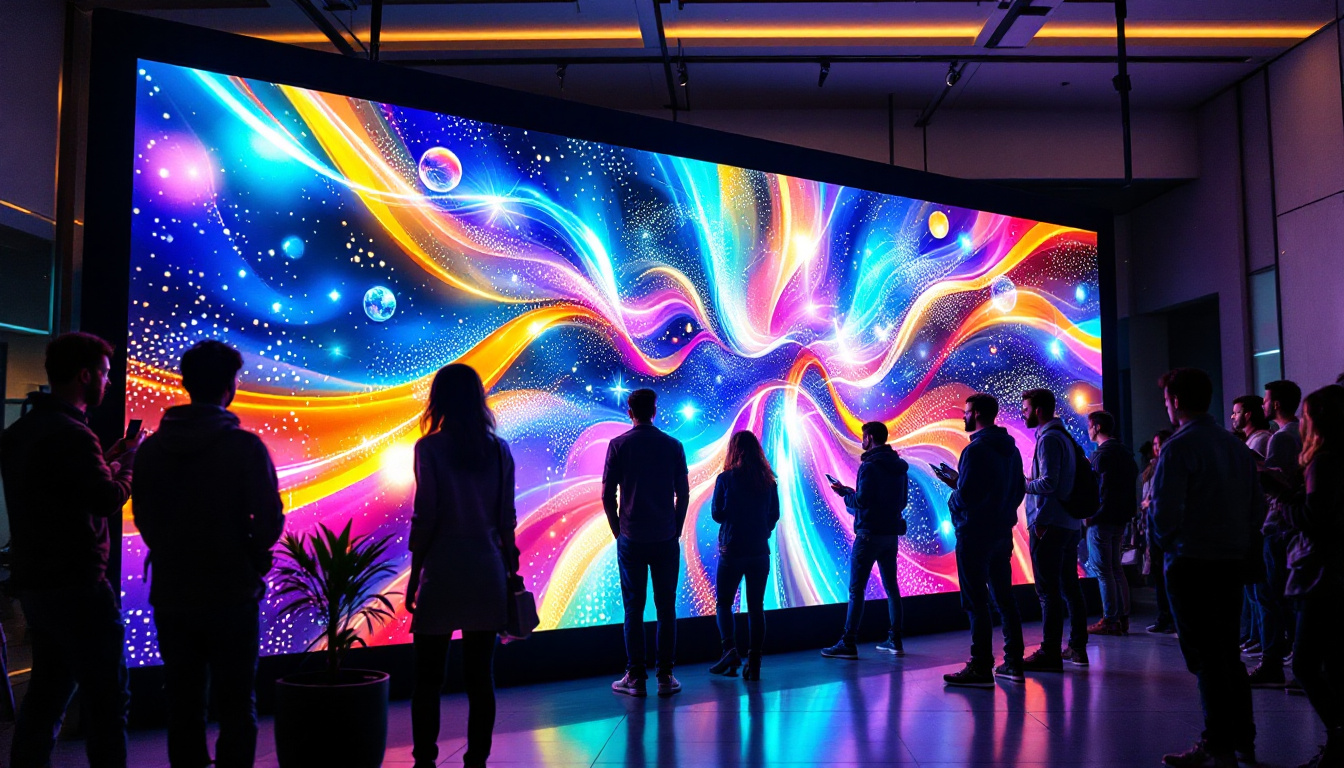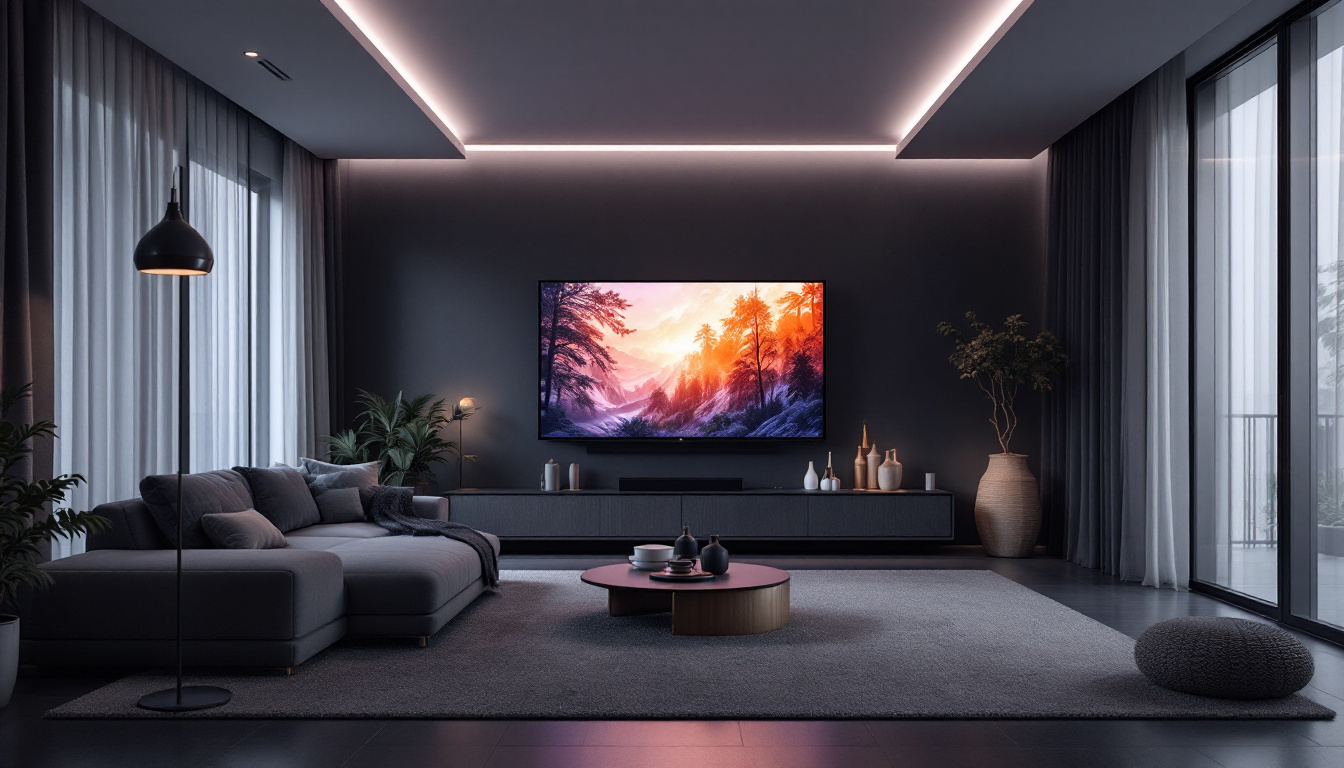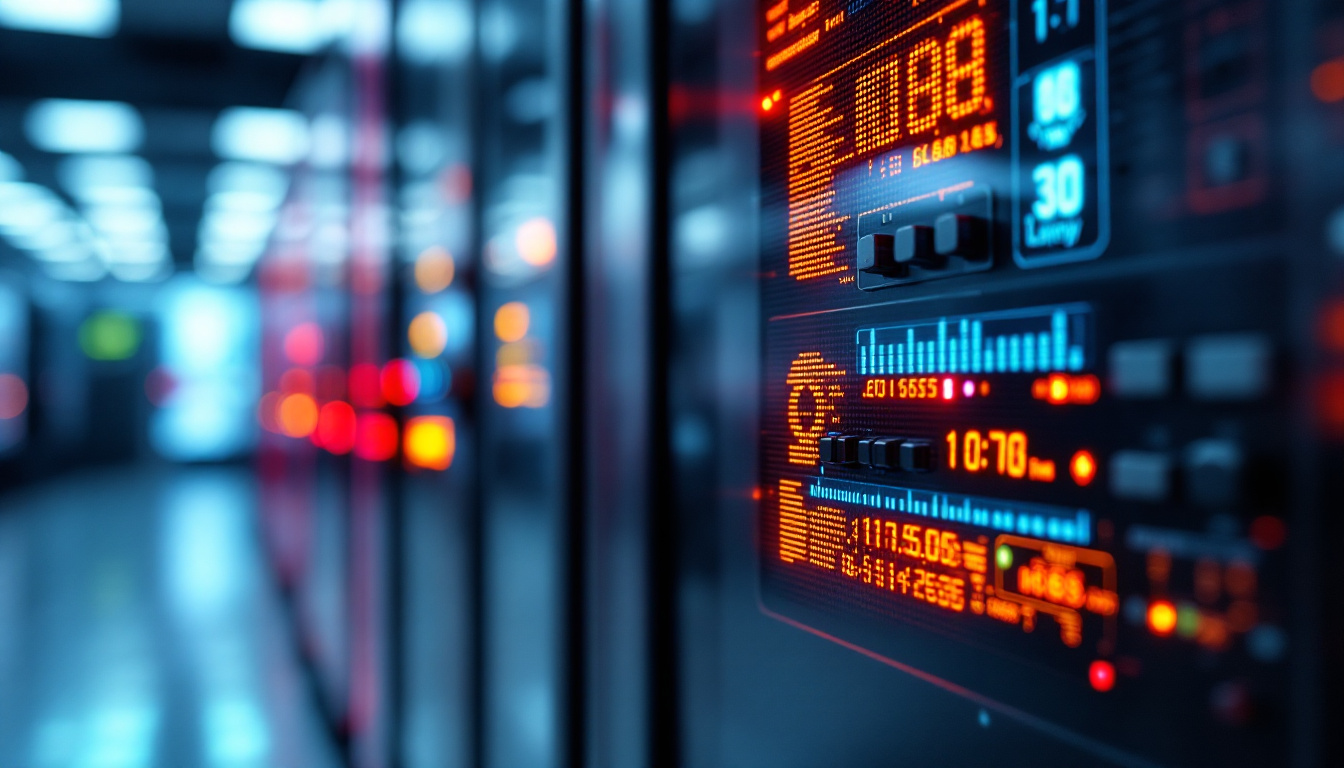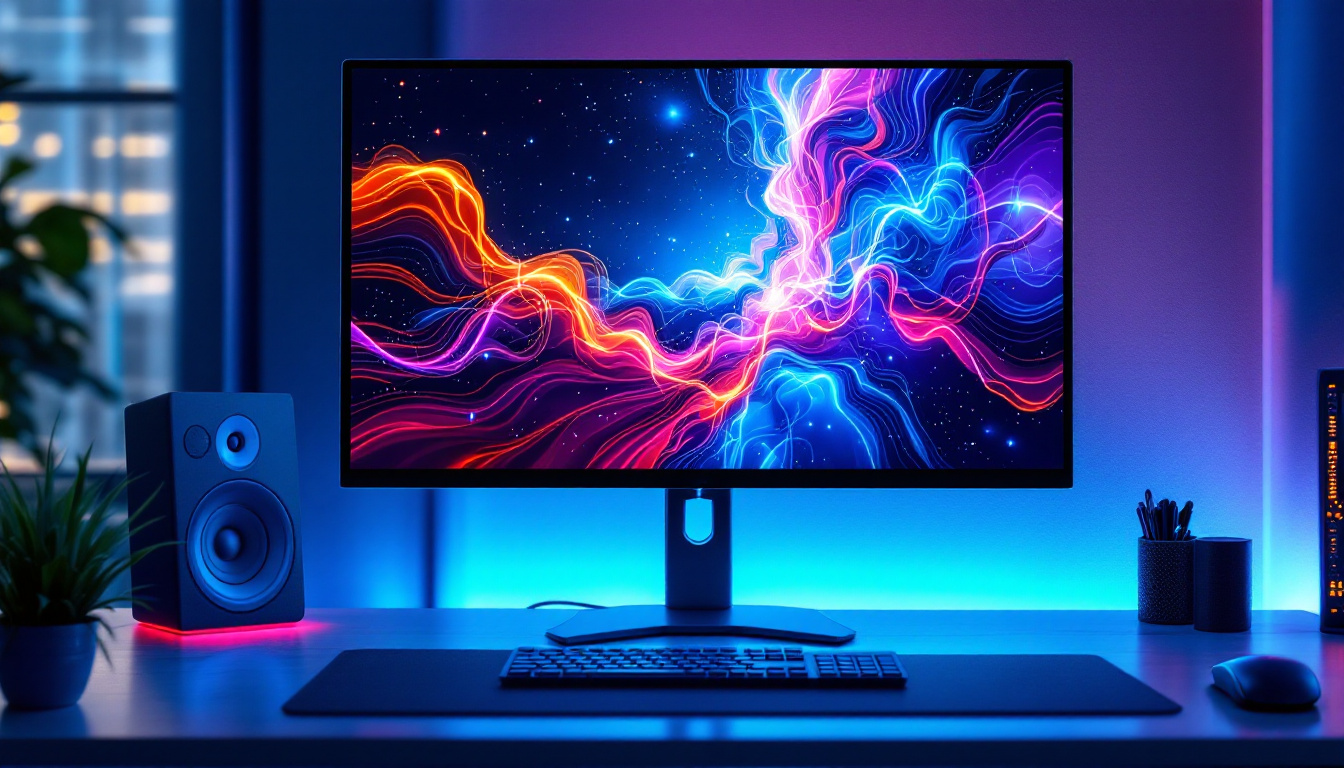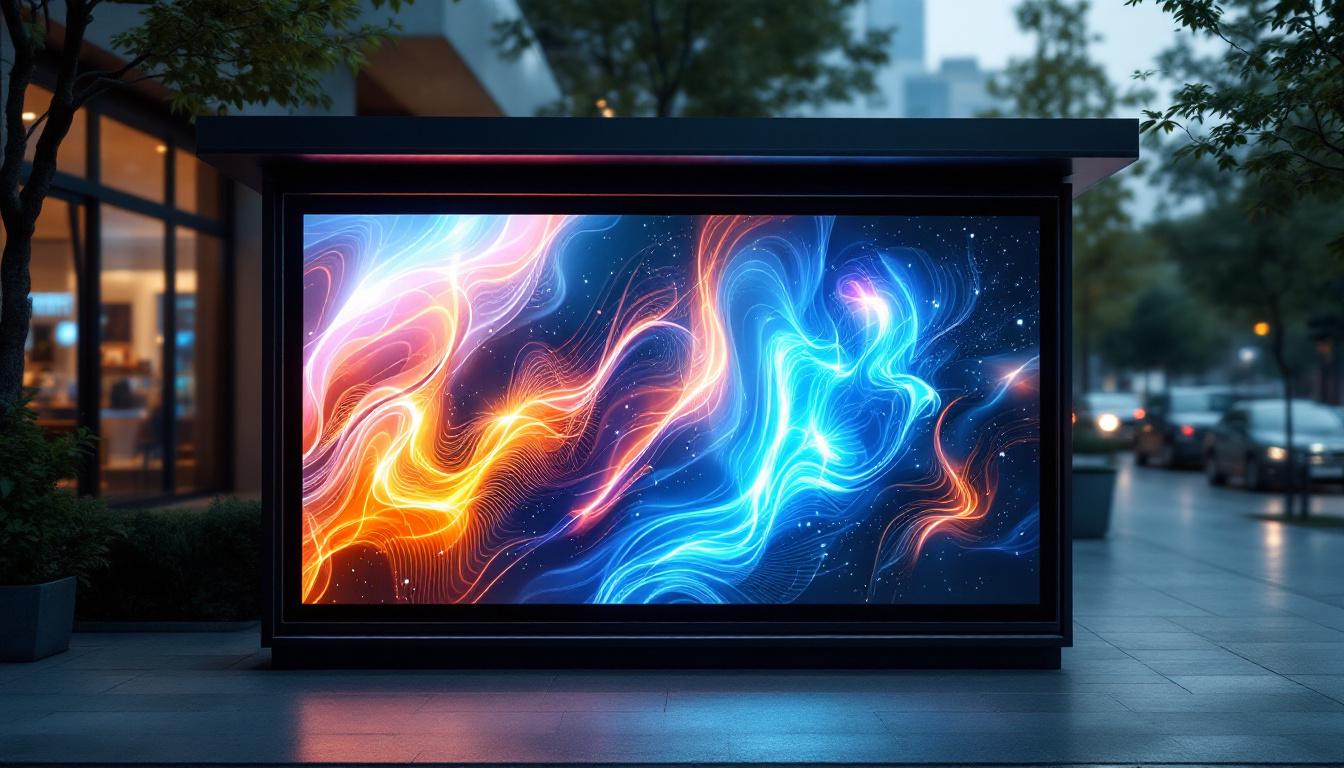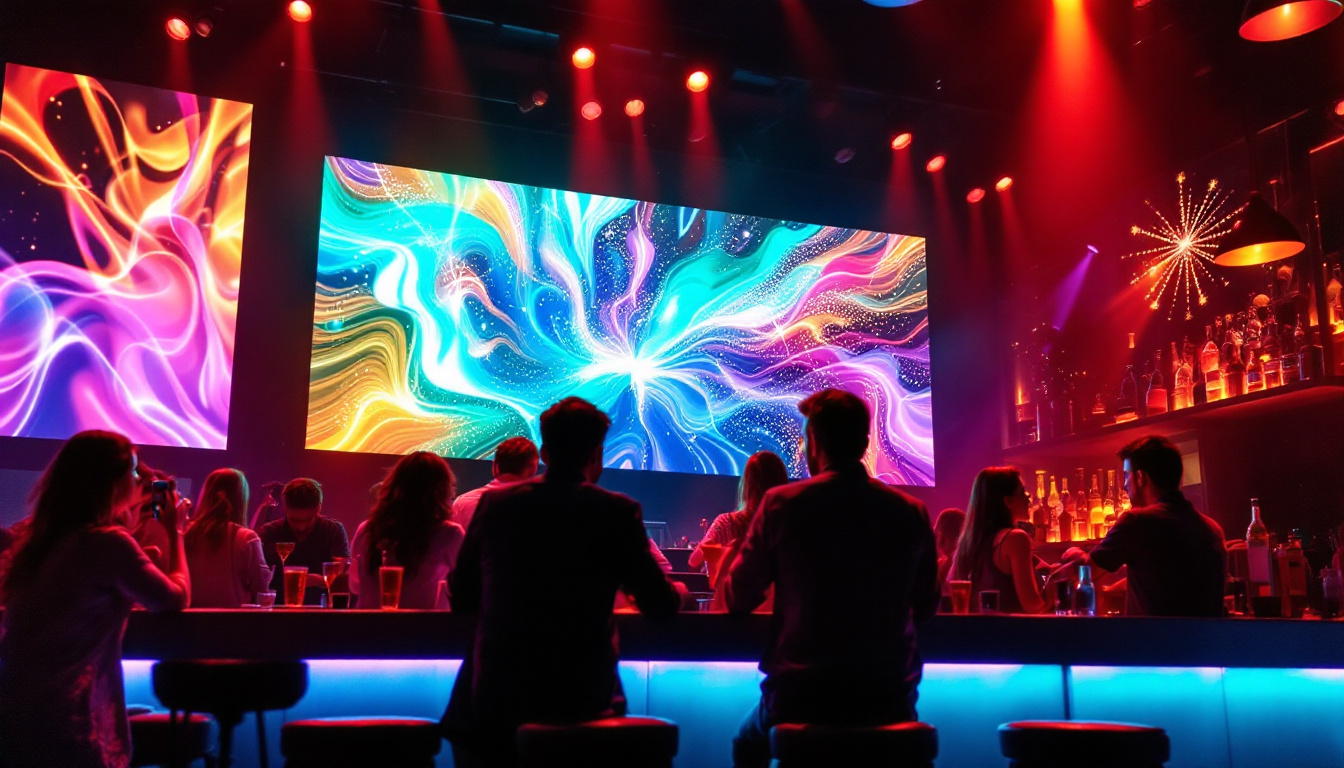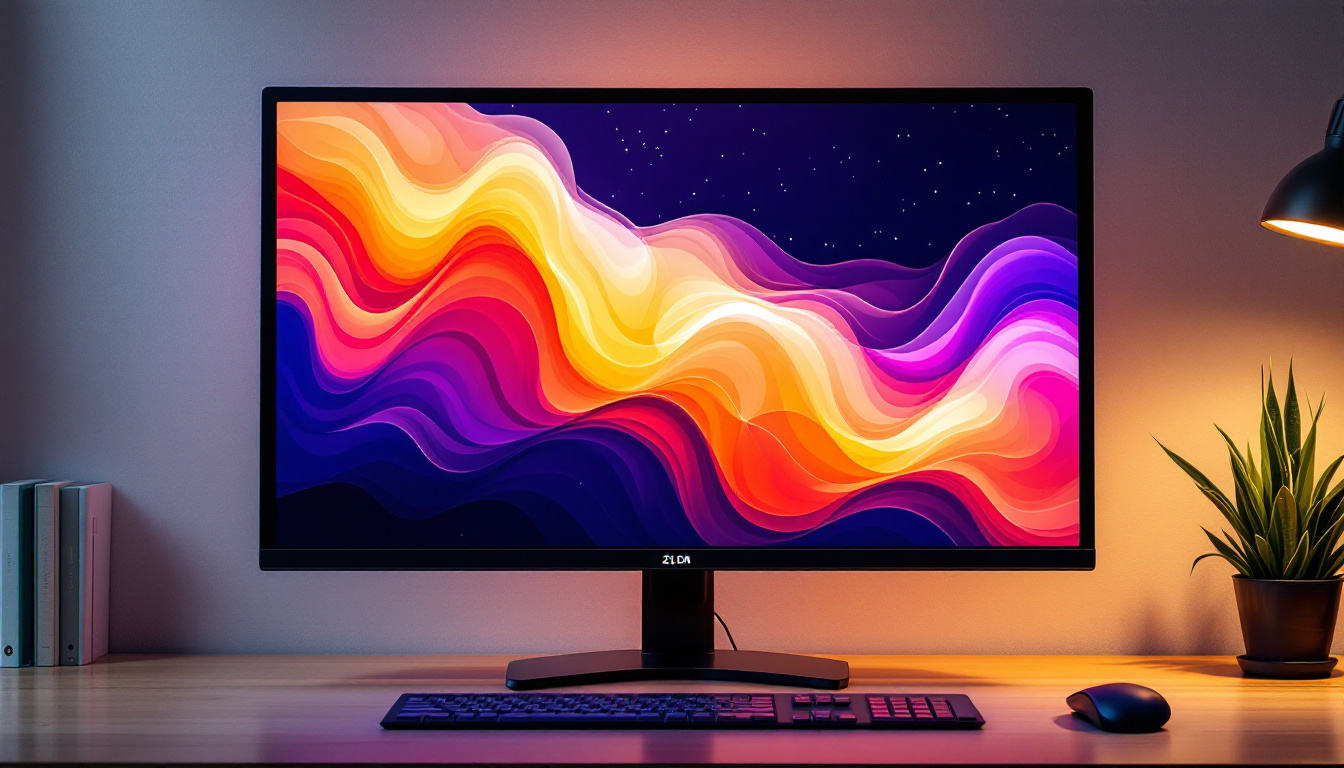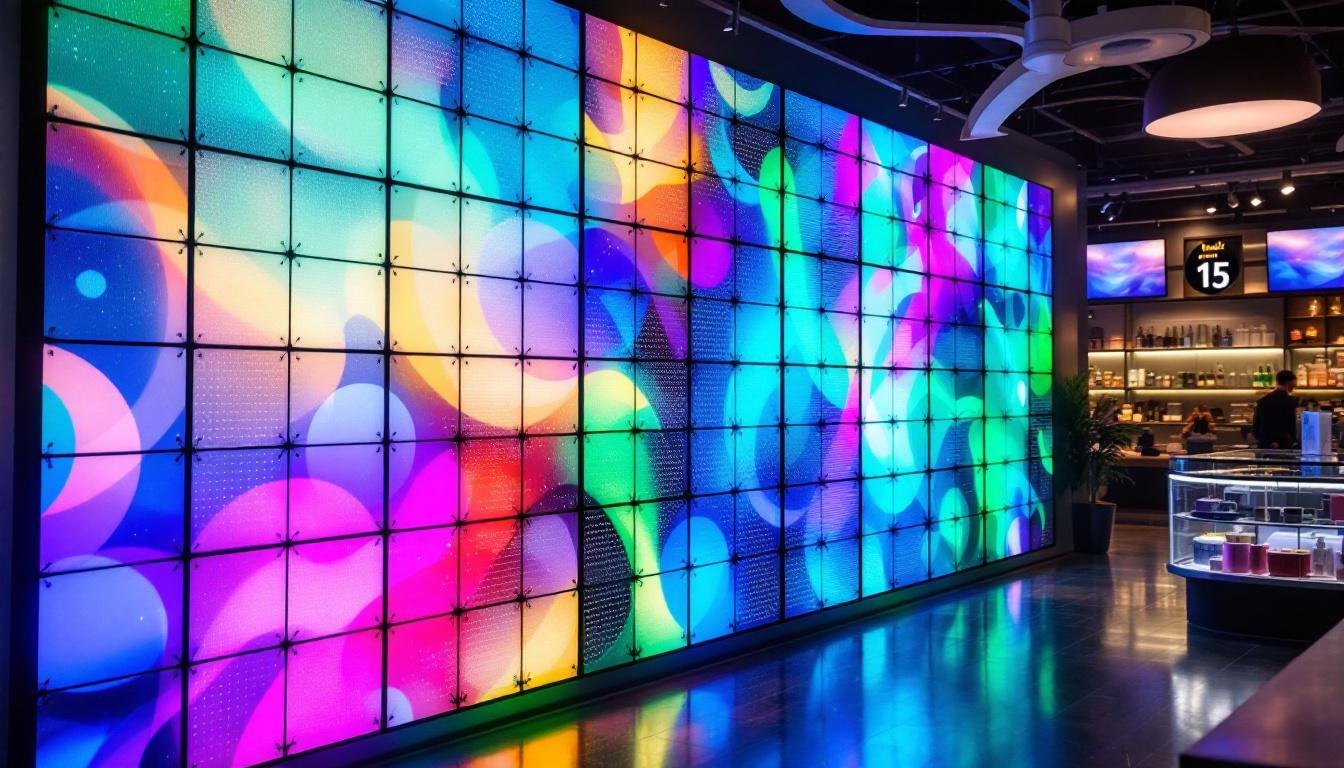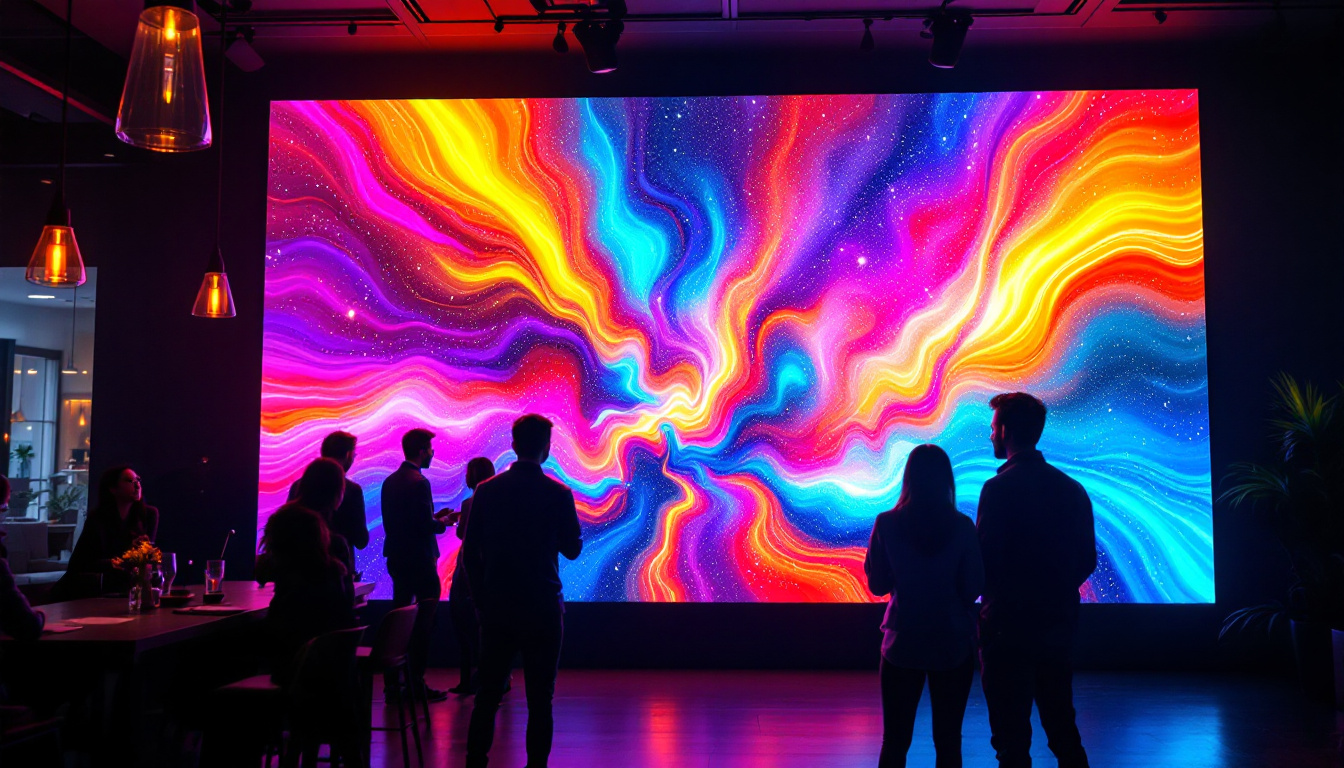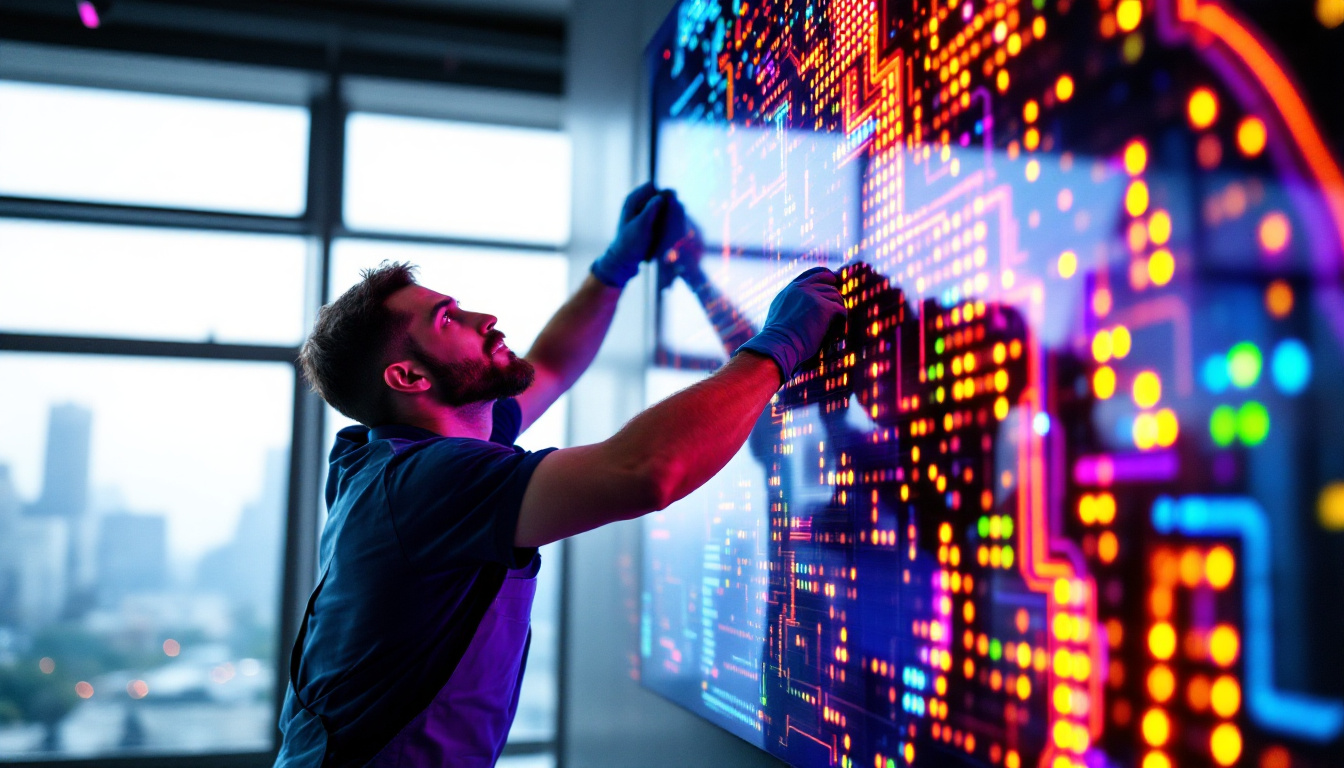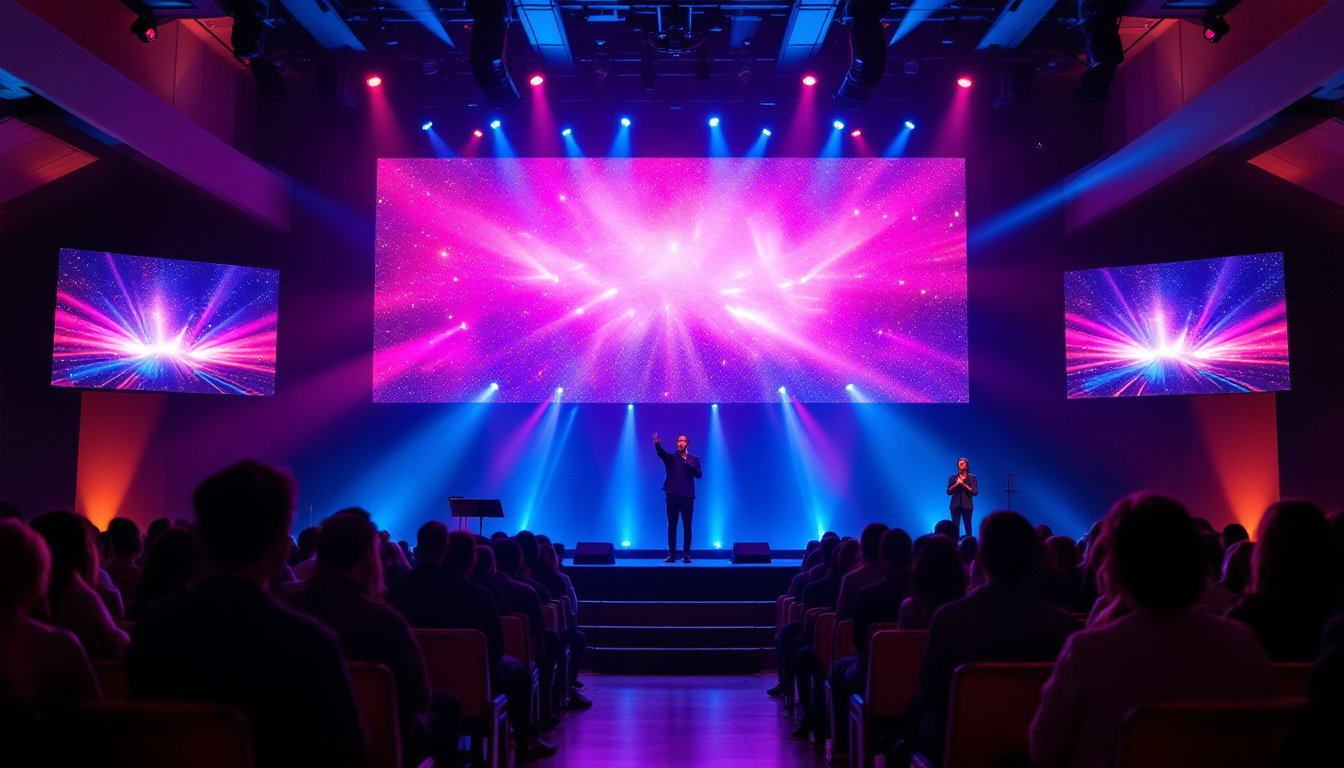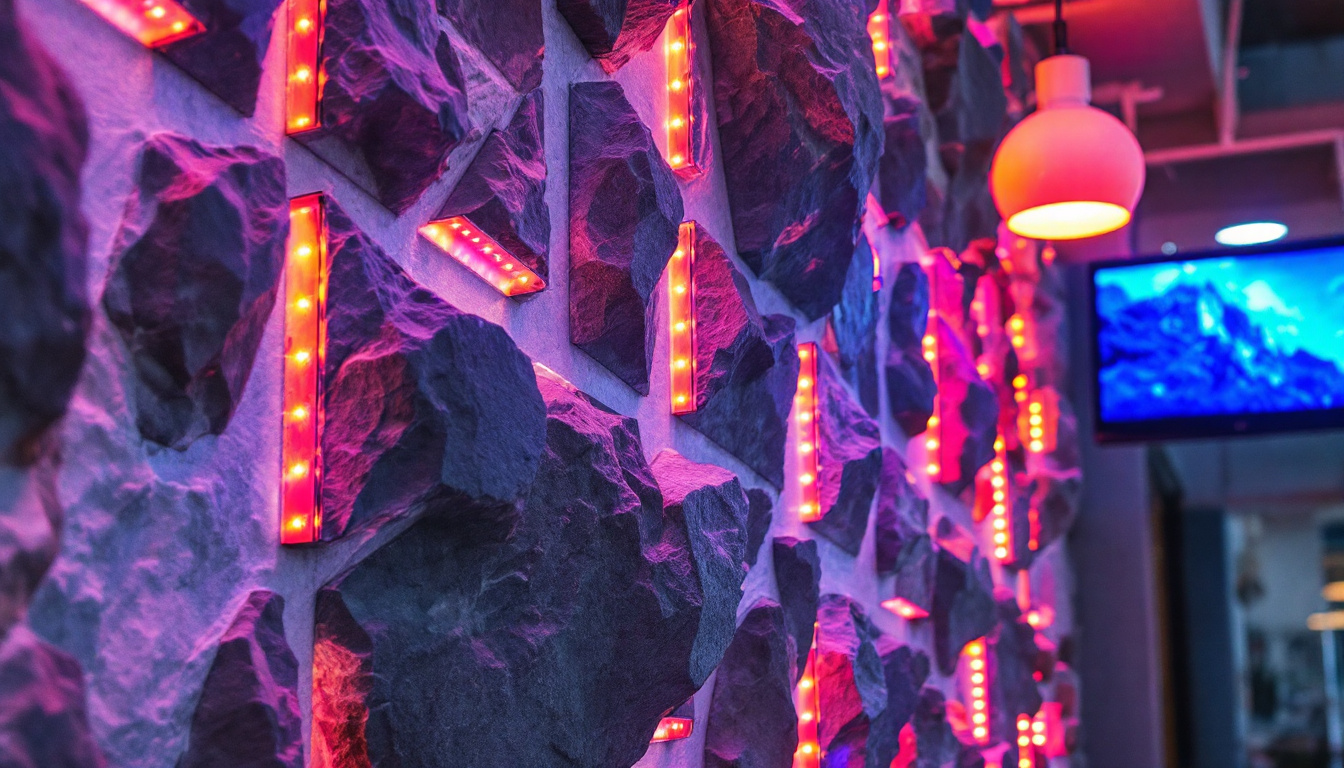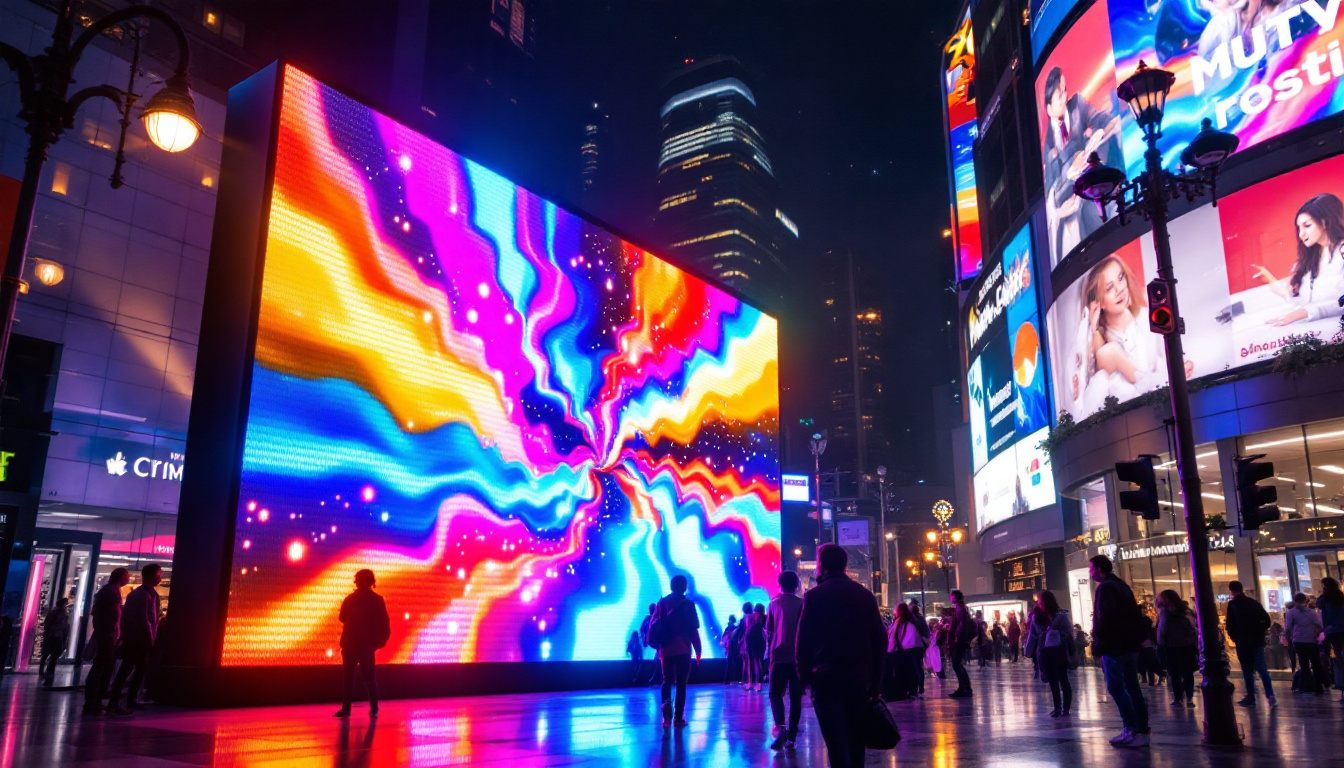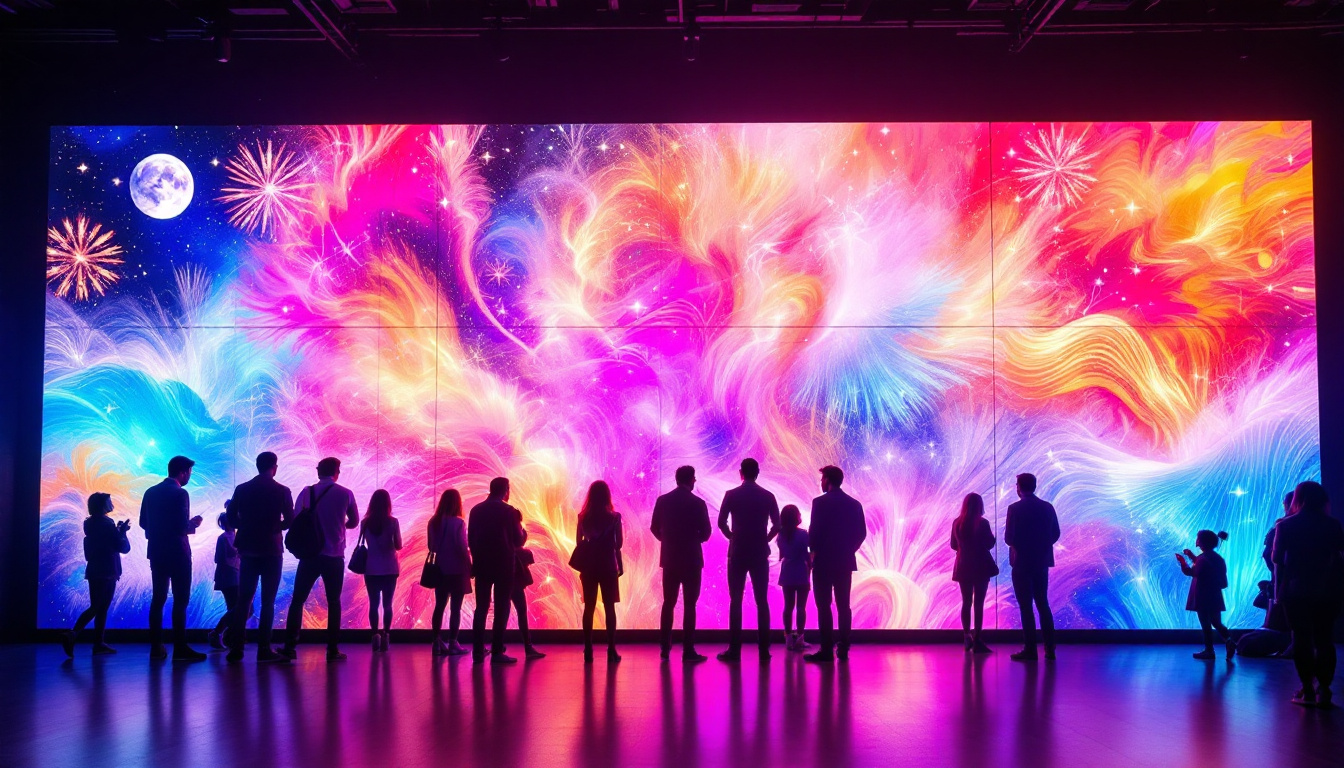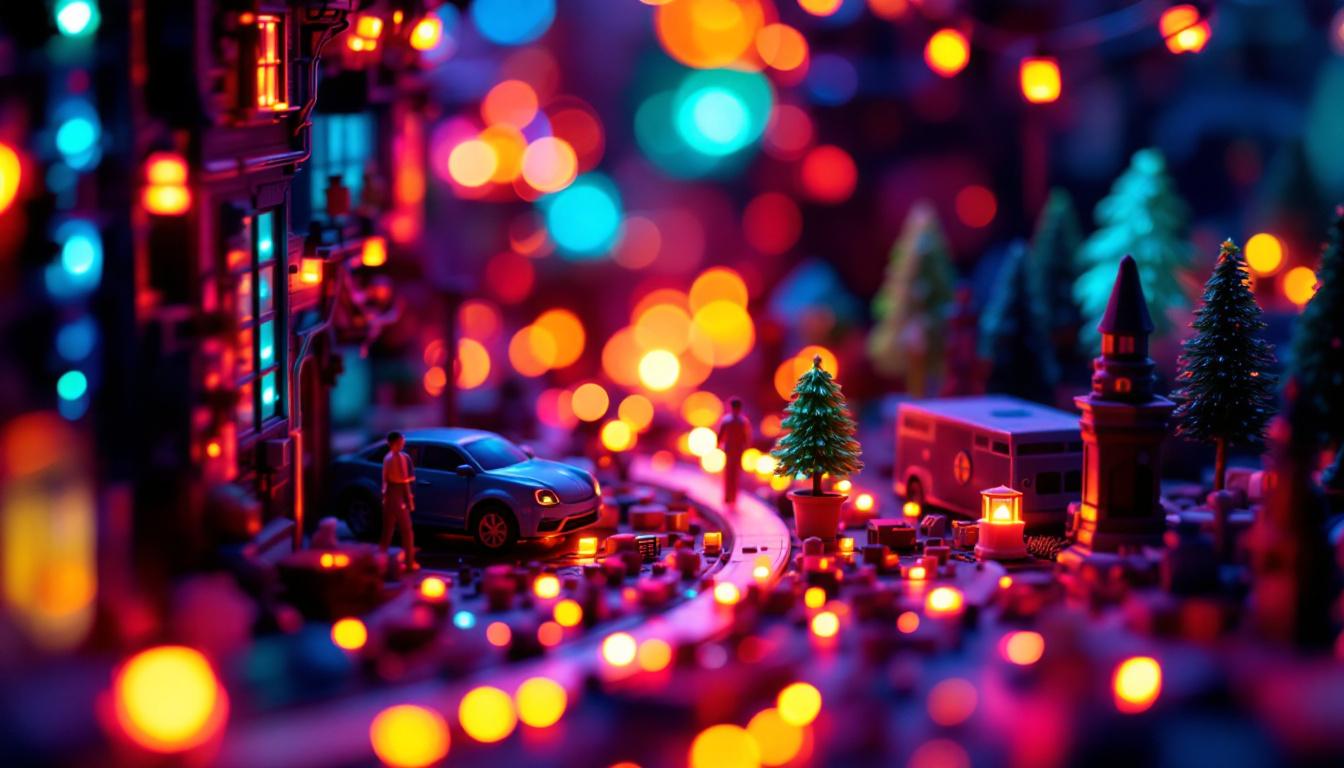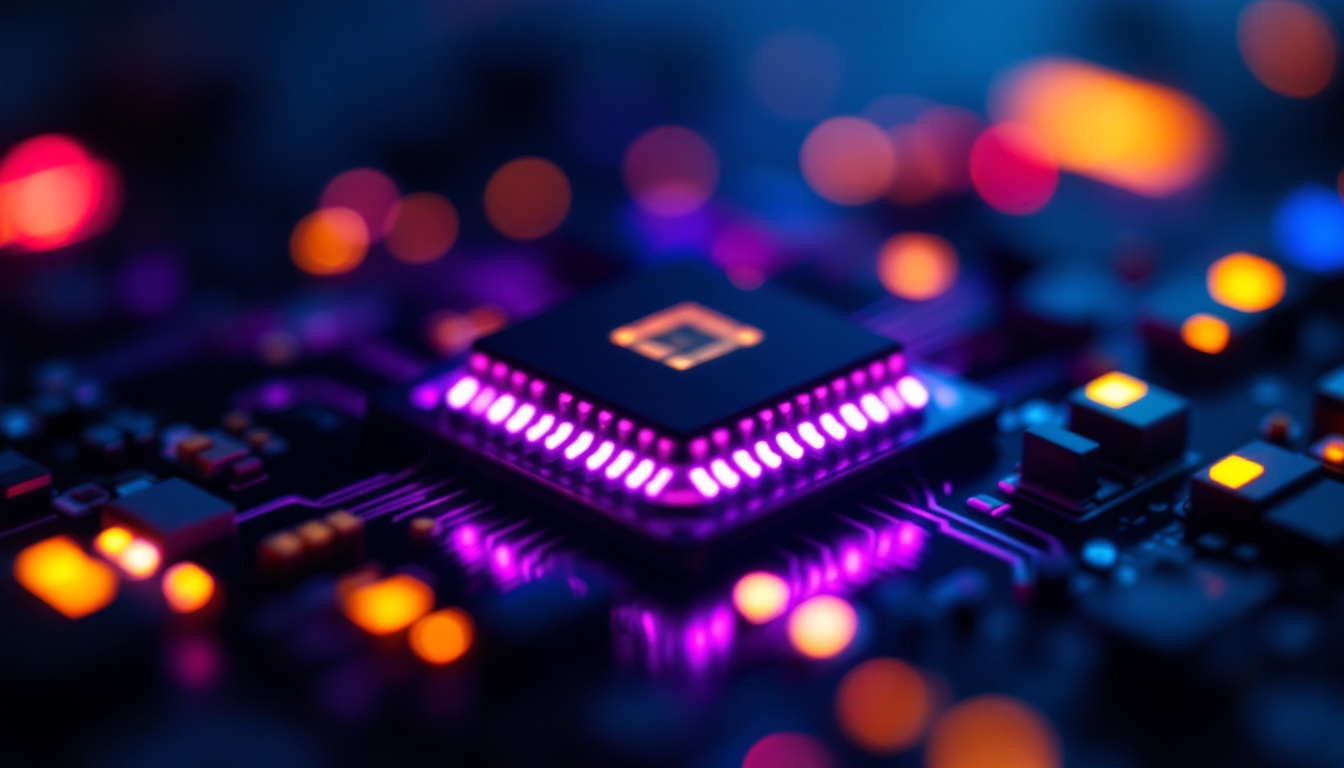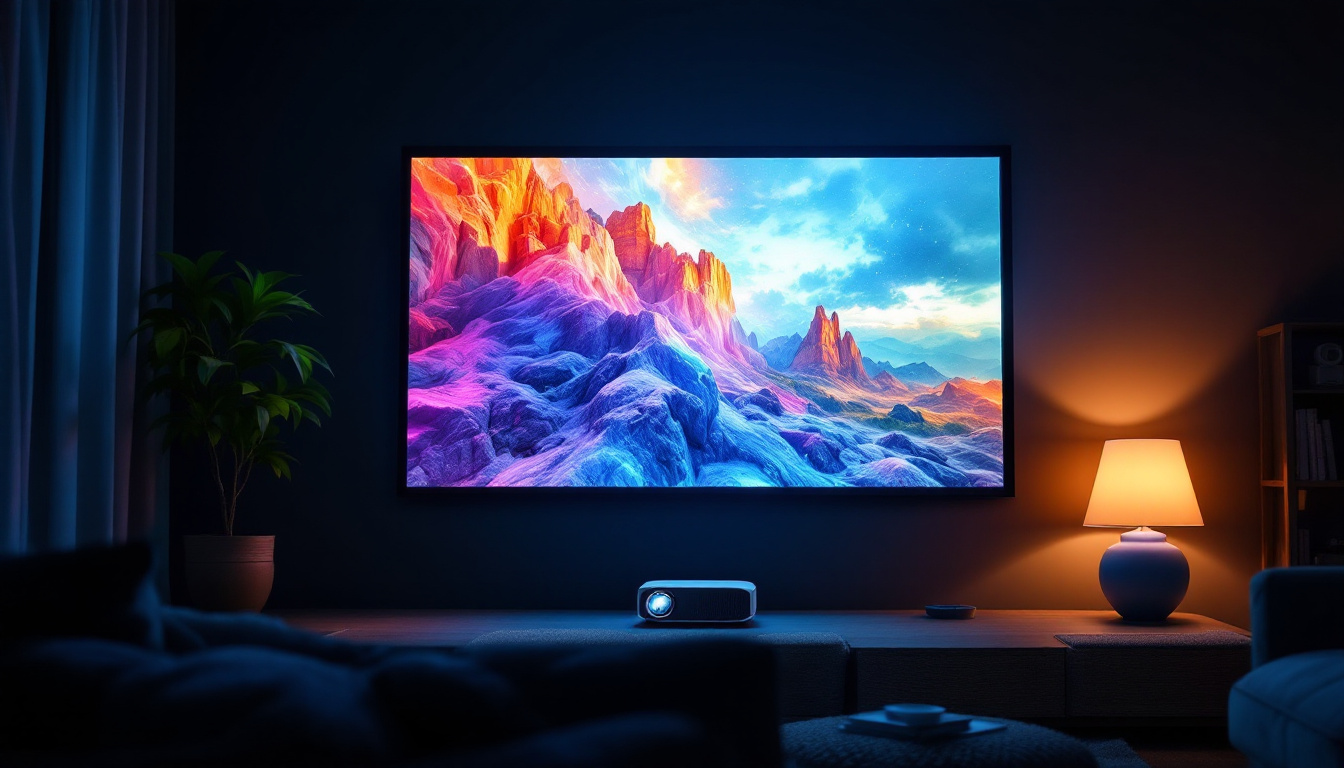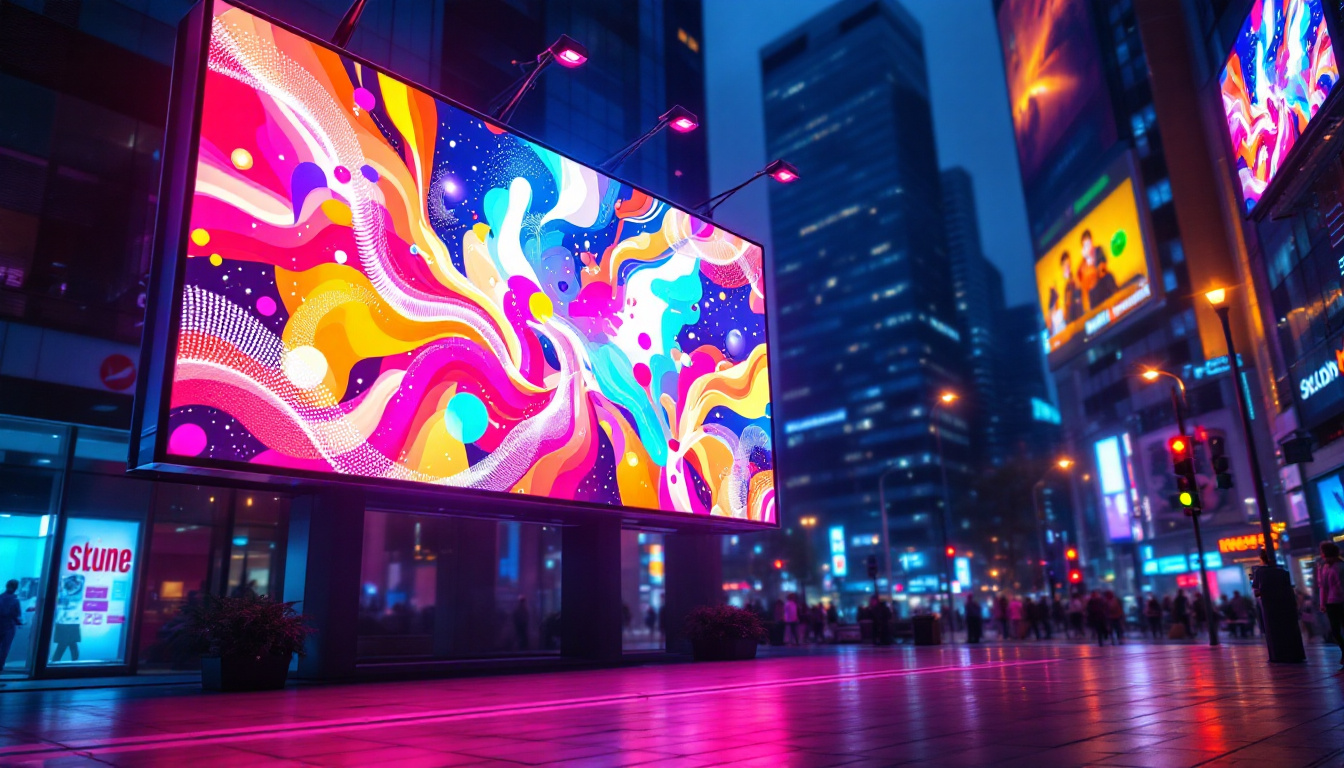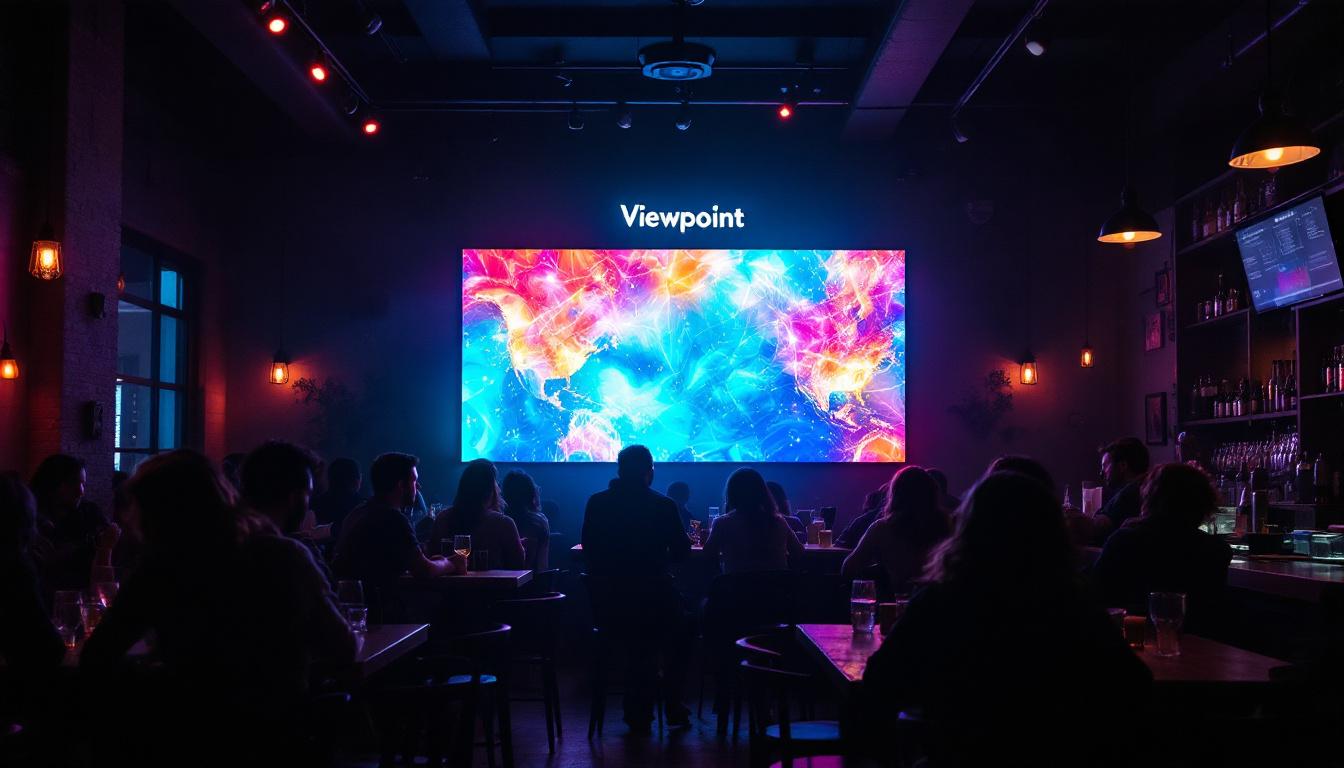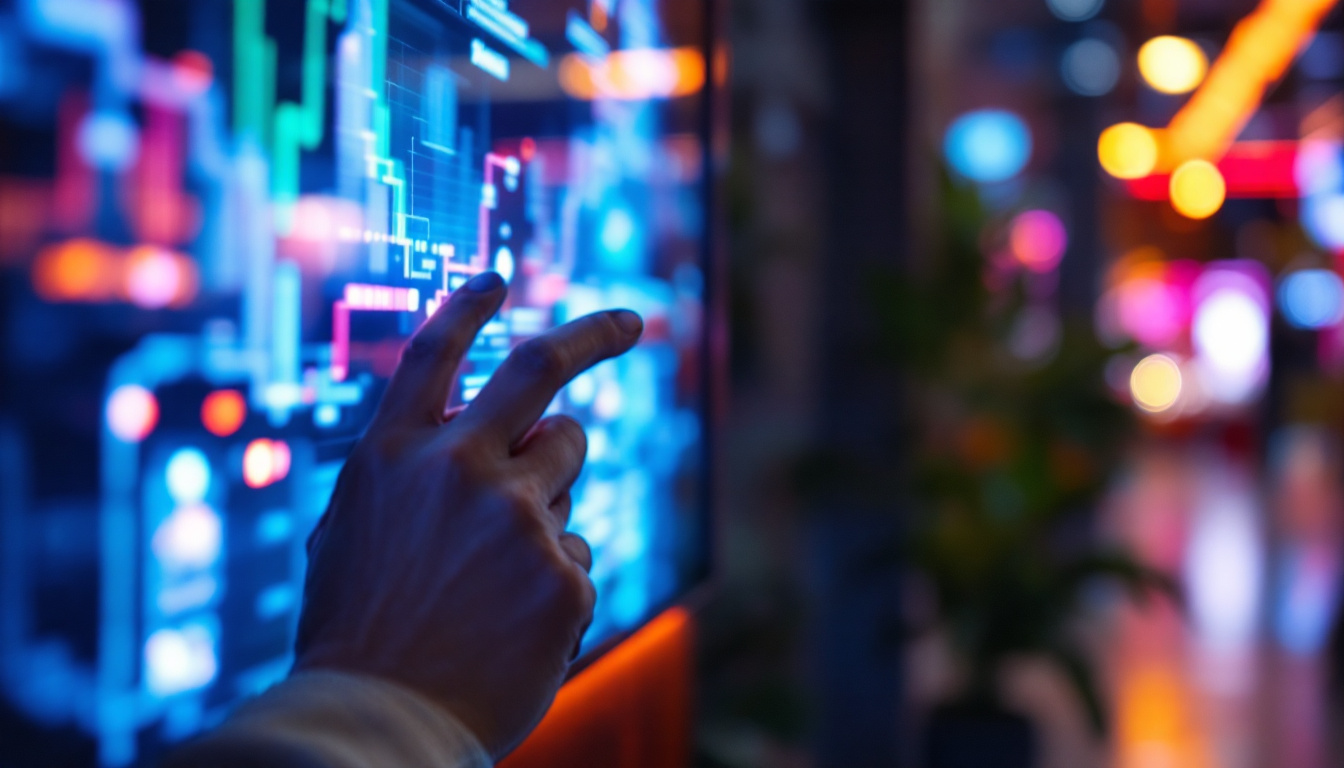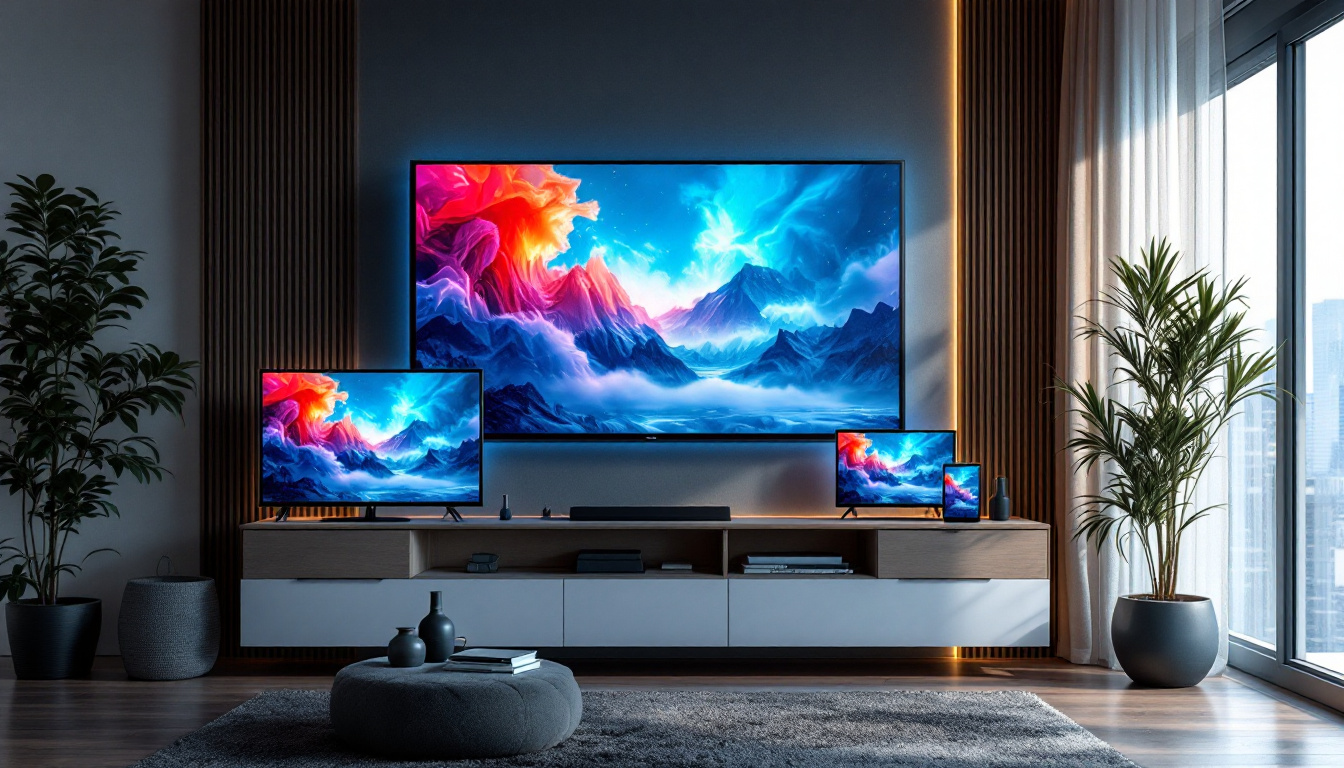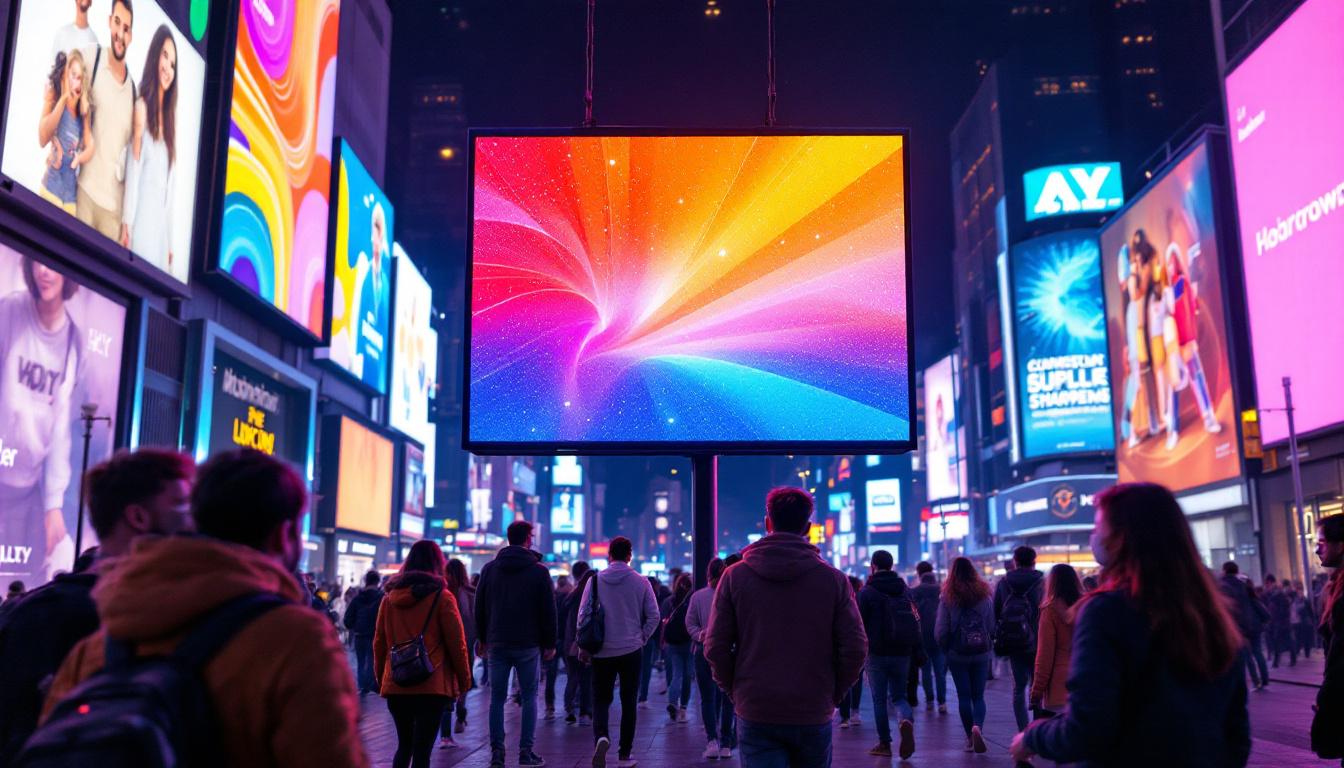The world of electronics is ever-evolving, with innovations that enhance our daily lives. Among the most significant advancements in recent years is the LED display technology. As the next electronics sale approaches, understanding LED displays becomes crucial for consumers looking to make informed purchases. This article explores the intricacies of LED displays, their benefits, and what to consider when buying one.
What is an LED Display?
LED stands for Light Emitting Diode. An LED display utilizes this technology to produce images and videos by lighting up individual pixels. Each pixel is made up of tiny diodes that emit light when an electric current passes through them. This technology has revolutionized the way we view content, from televisions and computer monitors to billboards and digital signage. The energy efficiency of LED displays is another significant advantage, consuming less power than traditional display technologies while providing brighter and more vibrant visuals. This efficiency not only reduces electricity costs but also contributes to a lower carbon footprint, making LED displays an environmentally friendly option.
How LED Displays Work
At the core of an LED display is the arrangement of these diodes. Each diode can emit red, green, or blue light. By combining these colors in various intensities, the display can produce a wide spectrum of colors. This process is known as additive color mixing. The more pixels an LED display has, the higher the resolution, allowing for sharper and more detailed images. Additionally, LED displays can achieve high refresh rates, which is particularly beneficial for fast-moving content such as sports and video games, ensuring smooth and fluid motion without blurring.
LED displays can be categorized into two main types: direct view and backlit. Direct view LED displays consist of individual LEDs arranged in a grid to create the image directly. In contrast, backlit LED displays use LEDs to illuminate a liquid crystal display (LCD) panel from behind, enhancing brightness and contrast. The versatility of LED technology means it can be used in a variety of environments, from dimly lit indoor spaces to bright outdoor settings, making it a popular choice for advertising and public information displays.
Types of LED Displays
There are several types of LED displays available on the market, each designed for specific applications. The most common types include:
- OLED (Organic LED): These displays use organic compounds that emit light when an electric current is applied. OLEDs are known for their exceptional color accuracy and deep blacks, as each pixel can turn off completely. This feature not only enhances the viewing experience but also allows for thinner and more flexible display designs, paving the way for innovative applications such as curved screens and foldable devices.
- Mini LED: This technology uses smaller LEDs for backlighting, allowing for better control over brightness and contrast. Mini LED displays are often found in high-end televisions and monitors. The increased number of smaller LEDs enables more localized dimming, which improves the overall picture quality by enhancing details in both bright and dark scenes.
- Micro LED: Similar to OLED, Micro LED displays consist of tiny individual LEDs. They offer the benefits of OLED, such as high contrast and color accuracy, but without the risk of burn-in. Micro LED technology is still in its early stages but holds great promise for future applications, including large-scale displays that can be seamlessly tiled together to create massive video walls or immersive environments.
Benefits of LED Displays
LED displays come with a multitude of advantages that make them a popular choice among consumers and businesses alike. Understanding these benefits can help in making a more informed decision when purchasing an LED display.
Energy Efficiency
One of the standout features of LED displays is their energy efficiency. Compared to traditional LCD and plasma screens, LED displays consume significantly less power. This not only reduces electricity bills but also makes LED displays more environmentally friendly. The lower energy consumption is particularly beneficial for large-scale installations, such as digital billboards or sports arenas, where power usage can be substantial.
Brightness and Visibility
LED displays are known for their exceptional brightness levels. This makes them ideal for various environments, including well-lit areas where traditional screens may struggle to be seen. The high brightness levels ensure that content remains visible even in direct sunlight, making LED displays a popular choice for outdoor advertising and public displays.
Longevity and Durability
LED displays are built to last. With a lifespan that can exceed 100,000 hours, they outlast many other display technologies. This durability is particularly advantageous for commercial applications, where frequent replacements can be costly and disruptive. Additionally, LED displays are more resistant to shock and vibration, making them suitable for a variety of settings, including industrial environments.
Considerations When Buying an LED Display
While LED displays offer numerous benefits, there are several factors to consider before making a purchase. Understanding these considerations can help ensure that the chosen display meets specific needs and requirements.
Resolution and Size
When selecting an LED display, resolution and size are critical factors. Higher resolution displays provide sharper images and more detail, which is particularly important for applications like gaming or graphic design. Additionally, the size of the display should be appropriate for the intended use. A larger screen may be necessary for presentations or public displays, while smaller screens may suffice for personal use.
Refresh Rate
The refresh rate of an LED display refers to how many times the image is redrawn per second, measured in hertz (Hz). A higher refresh rate results in smoother motion, which is particularly important for gaming and video playback. For most general use, a refresh rate of 60Hz is adequate, but gamers and professionals may prefer displays with refresh rates of 120Hz or higher.
Connectivity Options
Another important consideration is the connectivity options available on the display. Ensure that the LED display has the necessary ports for connecting to other devices, such as HDMI, DisplayPort, or USB-C. Additionally, some displays offer wireless connectivity options, which can enhance flexibility and convenience.
Applications of LED Displays
LED displays are versatile and find applications across various sectors. Their ability to deliver high-quality visuals makes them suitable for numerous uses, from entertainment to advertising.
Commercial Advertising
One of the most prominent applications of LED displays is in commercial advertising. Businesses utilize large LED screens to showcase advertisements, promotions, and brand messages. The vibrant colors and high brightness levels attract attention, making them effective for capturing the interest of passersby. Digital billboards and storefront displays are prime examples of this application.
Entertainment and Events
In the entertainment industry, LED displays play a crucial role in enhancing the audience experience. Concerts, festivals, and sporting events often feature large LED screens to display live feeds, graphics, and advertisements. These displays contribute to the overall atmosphere, ensuring that even those seated far from the stage can enjoy a clear view of the action.
Corporate and Educational Use
LED displays are increasingly being used in corporate settings for presentations, meetings, and training sessions. Their ability to display high-quality visuals makes them ideal for conveying complex information effectively. In educational institutions, LED displays are used in classrooms and auditoriums to enhance learning experiences through interactive presentations and multimedia content.
Future Trends in LED Display Technology
The LED display market is continually evolving, with new technologies and innovations emerging regularly. Staying informed about these trends can help consumers and businesses make informed decisions about their purchases.
Advancements in Resolution
As technology advances, the demand for higher resolution displays continues to grow. 8K resolution is becoming more prevalent, offering four times the detail of 4K displays. This trend is particularly significant for large screens, where the increased resolution enhances the viewing experience. As more content becomes available in higher resolutions, consumers can expect to see more 8K LED displays on the market.
Integration of Smart Technology
Smart LED displays are becoming increasingly popular, incorporating features such as built-in streaming capabilities and voice control. These displays can connect to the internet, allowing users to access content directly without the need for external devices. This integration of smart technology enhances convenience and usability, making LED displays more versatile than ever.
Flexible and Transparent Displays
Innovations in LED technology have led to the development of flexible and transparent displays. Flexible LED displays can be bent and shaped to fit various applications, such as curved screens or unique architectural designs. Transparent displays, on the other hand, offer the ability to overlay digital content on real-world environments, creating immersive experiences. These advancements open up new possibilities for advertising, art installations, and more.
Conclusion
As the next electronics sale approaches, understanding LED display technology is essential for making informed purchasing decisions. With their energy efficiency, brightness, and durability, LED displays are a popular choice for various applications, from commercial advertising to personal use. By considering factors such as resolution, refresh rate, and connectivity options, consumers can select the right display to meet their needs.
Furthermore, staying informed about future trends in LED technology can provide insights into upcoming innovations that may enhance the user experience. Whether for home entertainment, business presentations, or public advertising, LED displays continue to shape the way we interact with visual content. Embracing this technology can lead to improved experiences and greater engagement in an increasingly digital world.
Discover LumenMatrix LED Display Solutions
Ready to elevate your visual experience with the latest LED technology? Look no further than LumenMatrix, a pioneer in crafting cutting-edge LED displays that bring your content to life. Whether you need an Indoor LED Wall Display for your business, an Outdoor LED Wall Display for advertising, or any of our specialized solutions like Vehicle LED Displays, LED Sports Displays, or Custom LED Displays, LumenMatrix has you covered. Embrace the future of visual communication and check out LumenMatrix LED Display Solutions today to see how we can help you make a lasting impression and effectively convey your message.

